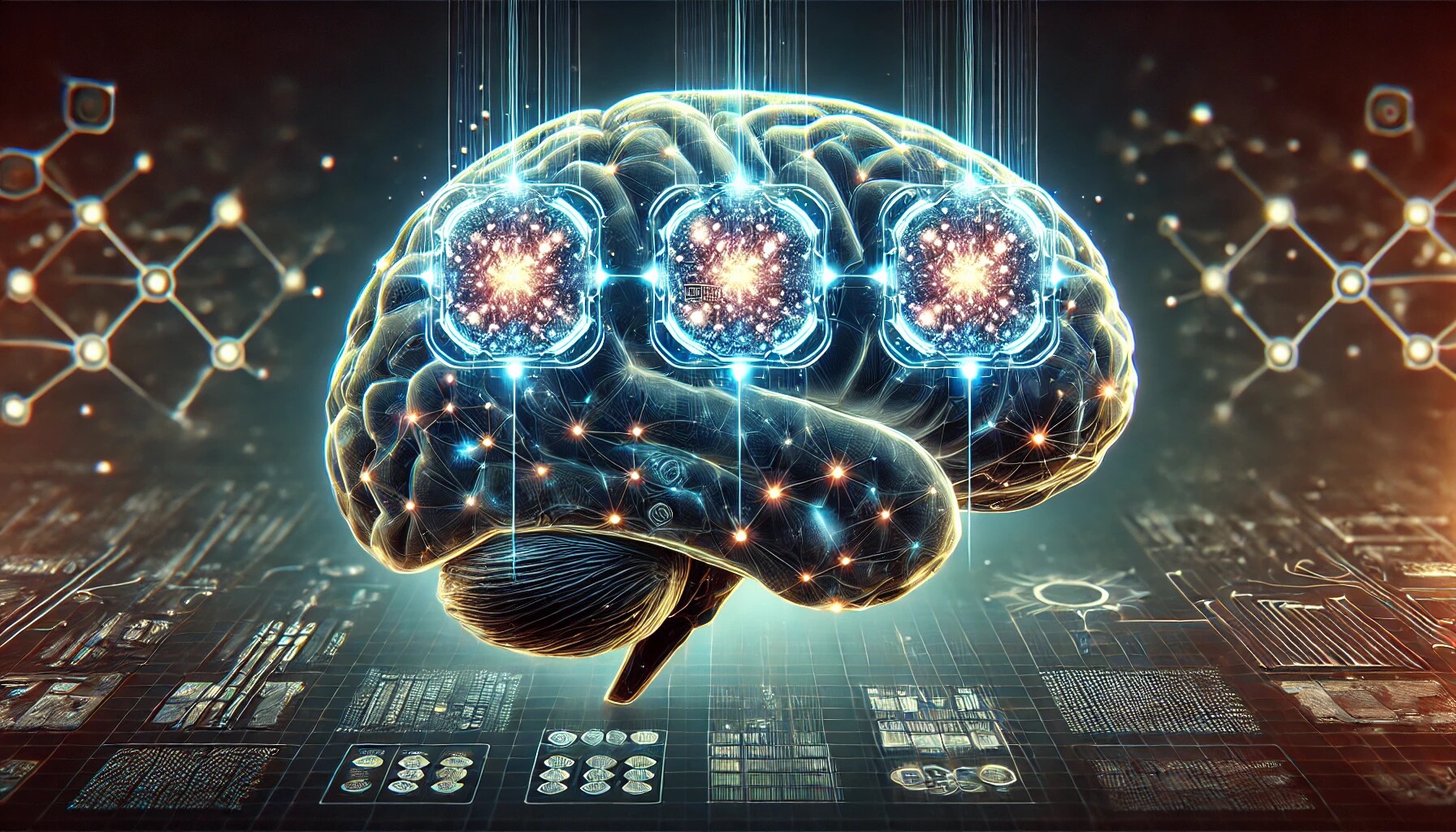Get the latest tech news
The brain simulates actions and their consequences during REM sleep
Vivid dreams mostly occur during a phase of sleep called REM. During REM sleep, the brain's internal representation of direction keeps shifting like that of an awake animal moving through its environment. What causes these shifts, given the immobility of the sleeping animal? Here we show that the superior colliculus of the mouse, a motor command center involved in orienting movements, issues motor commands during REM sleep, e.g. turn left, that are similar to those issued in the awake behaving animal. Strikingly, these motor commands, despite not being executed, shift the internal representation of direction as if the animal had turned. Thus, during REM sleep, the brain simulates actions by issuing motor commands that, while not executed, have consequences as if they had been. This study suggests that the sleeping brain, while disengaged from the external world, uses its internal model of the world to simulate interactions with it. ### Competing Interest Statement The authors have declared no competing interest.
During REM sleep, the brain's internal representation of direction keeps shifting like that of an awake animal moving through its environment. Strikingly, these motor commands, despite not being executed, shift the internal representation of direction as if the animal had turned. Thus, during REM sleep, the brain simulates actions by issuing motor commands that, while not executed, have consequences as if they had been.
Or read this on Hacker News